Puebla de Santabria, Zamora, Spain 8/13
After surviving Pájaro Pass, we continued southwest to the Medieval town of Puebla de Santabria near the northeastern Portuguese border. Well known as one of the oldest settlements in the province of Zamora, its roots have been documented around 509 where it appears in a record from the Council of Lugo.
In case you haven’t noticed, almost every town in France and Spain and probably in Portugal are Medieval. In case you wondered, in European history, the Middle Ages, or Medieval period, lasted from the 5th to the 15th century. It began with the collapse of the Western Roman Empire and merged into the early modern period. The Middle Ages is the middle period of the three traditional divisions of Western history: Antiquity, Medieval period, and Modern period. The Medieval period is itself subdivided into the Early, the High, and the late Middle Ages.
Since we don’t have any Medieval towns in California we are anxious to see what definitive word they come up with in 2,000 years to describe San Francisco or New York. Late Modern Period sounds a little vague.
Spotting a large cement pad next to the Tera River below the town of Puebla de Santabria, we saw our perfect campsite. The castle loomed high above us. Hiking into town we explored the narrow cobblestone streets and the amazing ramparts of the castle that seemed to flow over the huge boulders.
It was here that we met two couples from the nearby Portuguese town of Bragança who promised to meet us at ‘’their” castle the next evening. We had been wondering why other RVers all over France and Spain were putting everything away at night and closing their windows and blinds, no matter how hot it was. Turns out that there are supposedly strict regulations about “parking” vs. “camping” in these countries (maybe all over the EU). Chairs outside for coffee? That’s OK. Table and awning out is “camping” and not allowed. Hum???
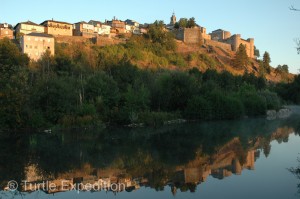
In the morning the castle of Puebla de Santabria, built around the 15th century, was reflected in the Tera River next to our camp.
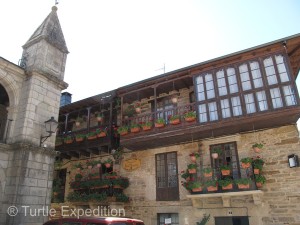
Slate roofs and balconies draped in ivy and flowers made the narrow cobblestone streets a pleasure to stroll through.



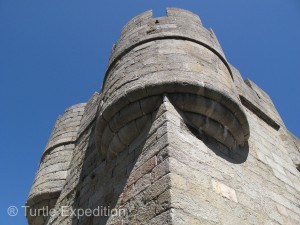
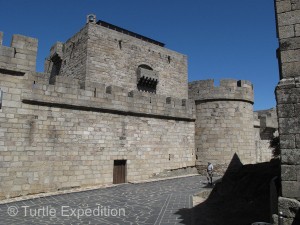
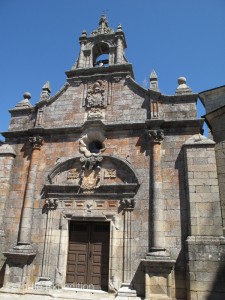
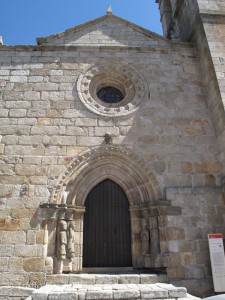
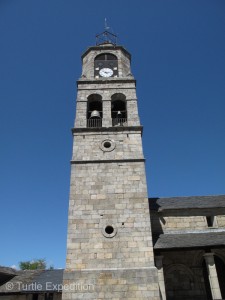
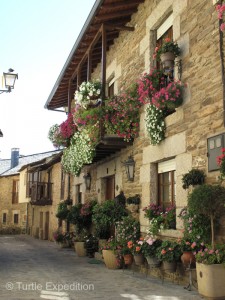
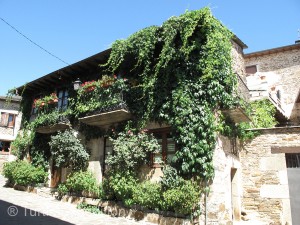
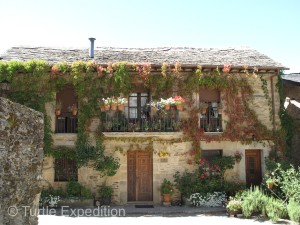
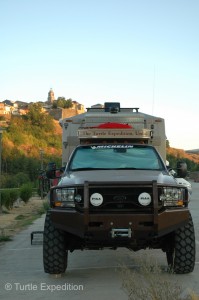





Leave a Comment